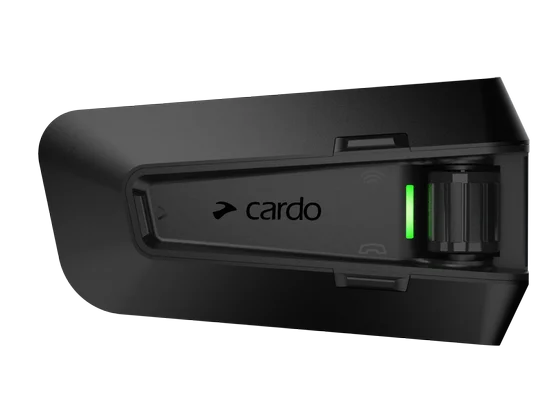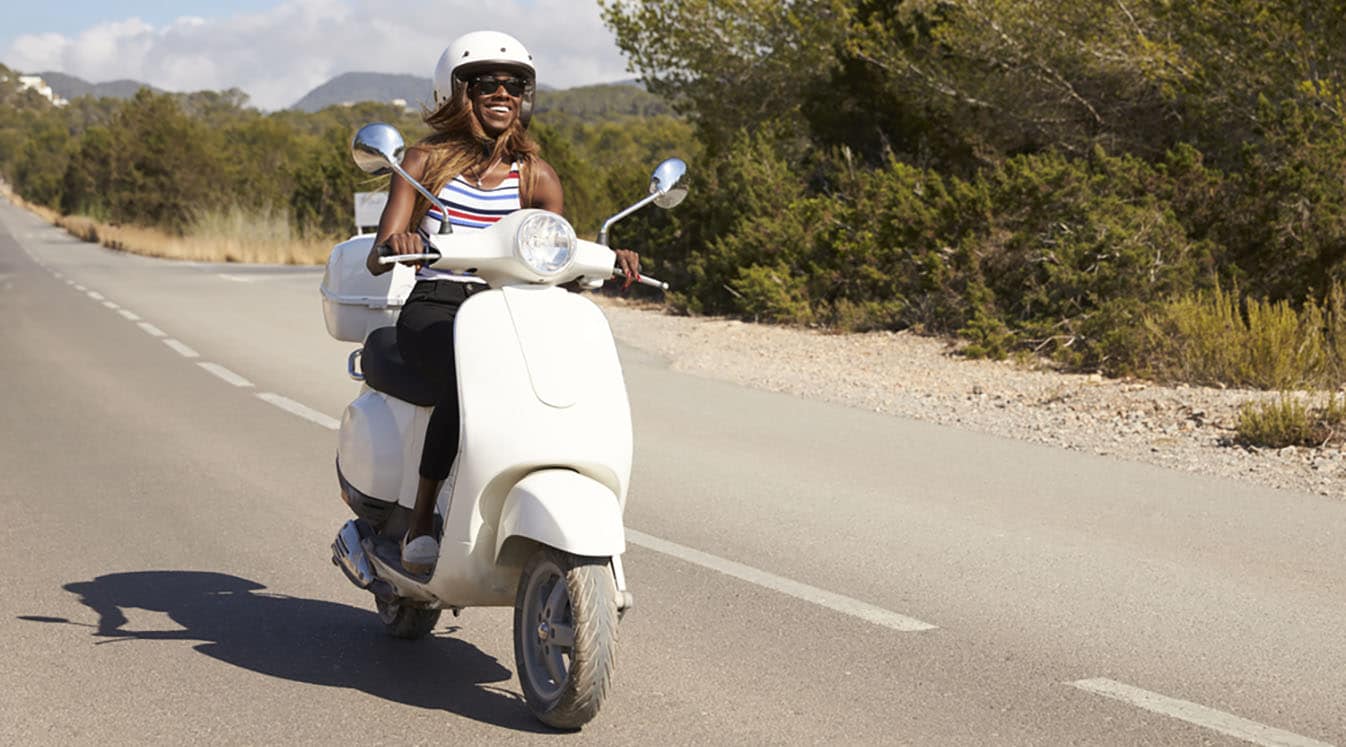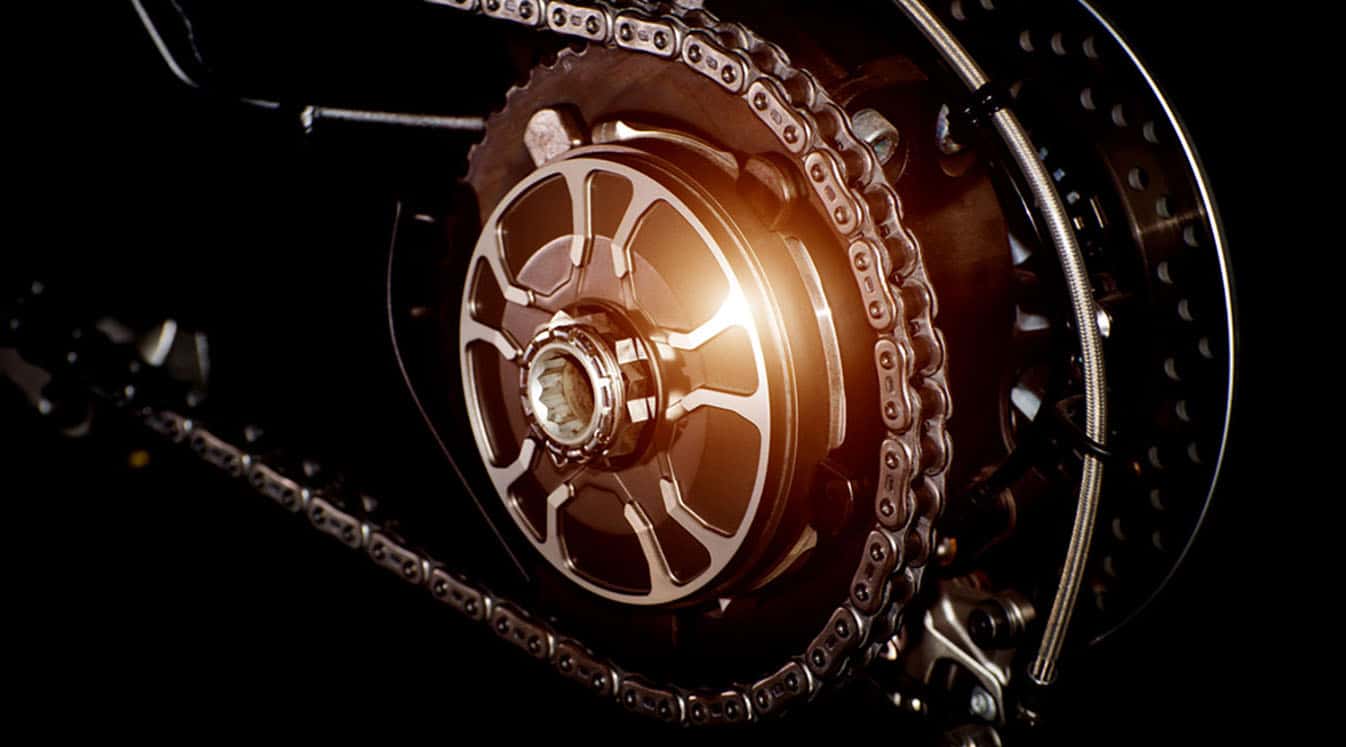1. Avoid riding in the rain unless you’re an experienced rider (or you have no choice).
Riding in the rain isn’t ideal for newbies. When you’re still working on mastering the fundamentals, rain is one more complicating factor that you don’t want to deal with.
That said, there may be times when you can’t avoid riding in the rain. Even if your first instinct is to get off the road and find a safe place to wait out the downpour, rain skills will help you avoid panicking and allow you to get to safety. The more you prepare for the eventuality of nasty weather, the better you’re likely to do when it arrives.
2. Adjust your riding to the conditions.
In the rain, your stopping distance will increase and your tires’ traction will decrease. That means you need to adopt a much more cautious riding style. Prioritize long-distance braking, use the throttle cautiously and in smooth increments and wait for a sunny day to tear up that straightaway.
Don’t forget that you’re harder to see in the rain. Motorcyclists already have a hard time getting drivers to notice them, so be prepared for rain to make it worse. Ride defensively and never assume that anyone sees you.
3. Bring suitable rain gear.
Your motorcycle gear should always match the situation you’re riding in, which is why it’s so important to bring the right rain gear for your motorcycle:
- -Your helmet should be full face or modular, and it should be equipped with an anti-fog visor or breath guard to prevent it from misting up.
- -If you suspect you’re going to be riding in the rain, a full-on motorcycle rain suit is the best way to stay dry. Getting one is a great investment for riders who live in areas with a rainy climate.
- -Using a motorcycle Bluetooth headset to communicate during the ride? Make sure to grab a waterproof model like the Cardo Packtalk series, which are designed with a fully waterproof enclosure.
- -Get some visibility enhanced riding gear to help motorists se
e you in the rain.
Explore All-Weather Motorcycle Bluetooth Headsets

It’s important to have a motorcycle helmet communicator that can withstand the wet.
4. Be aware of hazards on the pavement.
The rain itself isn’t the only hazard that will affect the pavement during the rain. One that you might not expect? Oils that have soaked into the pavement get brought to the surface within the first few minutes of rain, and they can make roads much slicker than you might be prepared for.
Some standard features of the road also become more dangerous in the rain. Stay away from dividing lines and other painted road features, as these will often be more slick than the road around them, and avoid manhole covers as well.
5. Make sure your motorcycle is in good working order.
You don’t want to take on the rain if your bike isn’t in the best shape possible. A good pre-ride inspection will help you spot most potential issues before they occur. Pay especially close attention to the following when rain might be in the forecast:
- -Your tires should be rated as all-weather tires and have plenty of tread.
- -Your chain should be well-lubed to help it shake off water droplets.
- -Your headlights and turn signals should all be in good working order.
Motorcycle Helmet Speakers for a Rainy Day

Source: Korrakit Pinsrisook/Shutterstock
At Cardo Systems, we love to help people ride, whatever the conditions. For more useful tips on riding in tough weather, see our guide to riding a motorcycle in the winter. And to browse the best in motorcycle communication technology that helps you stay connected through storms and sunshine, see Cardo’s full selection of Bluetooth motorcycle helmet communicators.





